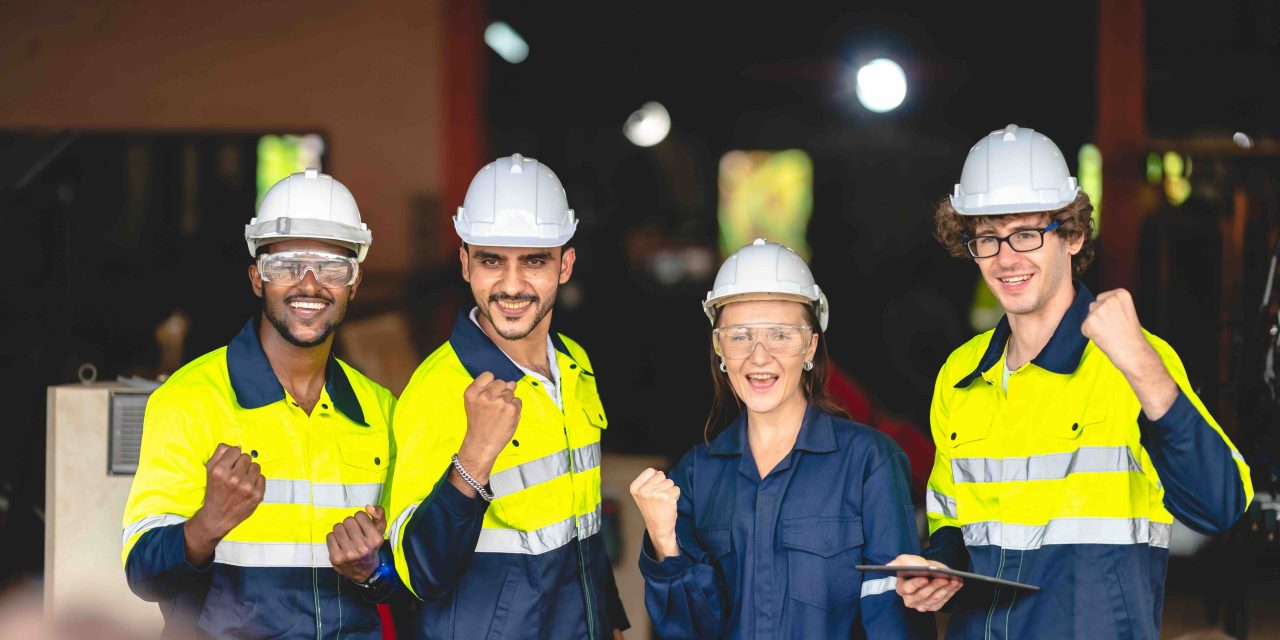Creating a good culture in a manufacturing environment for contingent workers isn’t just about policies—it’s about fostering a place where everyone feels valued and motivated. Here’s how we can make it happen by focusing on dignity, community, and meaning.
Dignity
First things first, everyone deserves to feel respected and valued. Contingent workers, often dealing with job uncertainty, need to know we have their backs. Fair wages, safe working conditions, and essential benefits like healthcare and paid leave are non-negotiable. When we show we care about their well-being, not just their work, we lay the foundation for a positive culture.
Community
Humans thrive on connection. Creating a sense of community among contingent workers can be tricky, but it’s crucial. Think team-building activities, open communication channels, and social events. Mixing permanent and contingent workers in inclusive environments ensures everyone feels like part of the team.
Meaning
Everyone wants to feel their work matters. Often, contingent workers feel disconnected from the bigger picture. It’s our job to bridge that gap. By sharing the company’s vision and mission and showing how each role contributes, we can give their work purpose. Plus, offering skill development and career growth opportunities keeps them engaged and invested in their future.
How to Put This Into Action
- Transparent Communication: Keep everyone in the loop about company goals, achievements, and challenges. Transparency builds trust and aligns everyone with our mission.
- Recognition Programs: Celebrate the hard work and achievements of contingent workers. Whether it’s employee of the month awards, bonuses, or shout-outs in meetings, recognition goes a long way.
- Skill Development: Offer training programs to help workers improve their skills and advance their careers. It’s a win-win: they grow, and we get a more skilled workforce.
- Health and Well-being Programs: Provide access to wellness programs and mental health resources. When workers feel supported, they’re more likely to stick around and be productive.
- Feedback Mechanisms: Create easy ways for workers to give feedback and voice concerns. Listening and responding shows we value their input and are committed to improvement.
By focusing on dignity, community, and meaning and taking these practical steps, we can create a manufacturing environment where contingent workers feel valued, connected, and motivated. This not only attracts and retains top talent but also helps our organization thrive.






